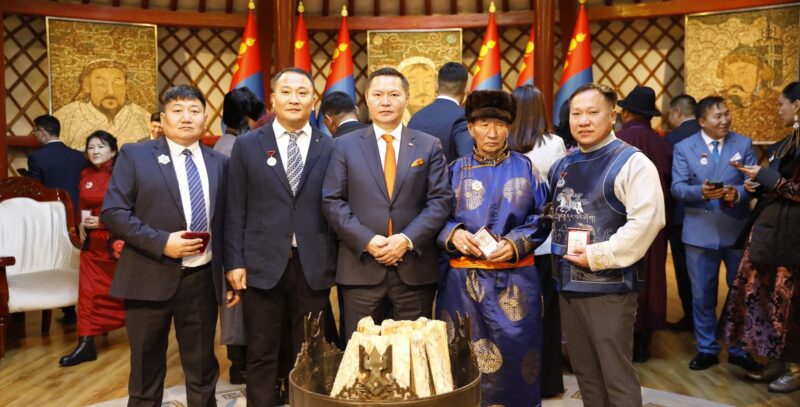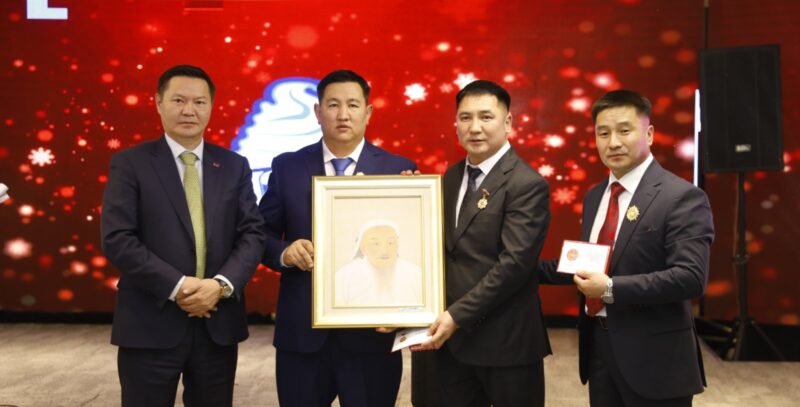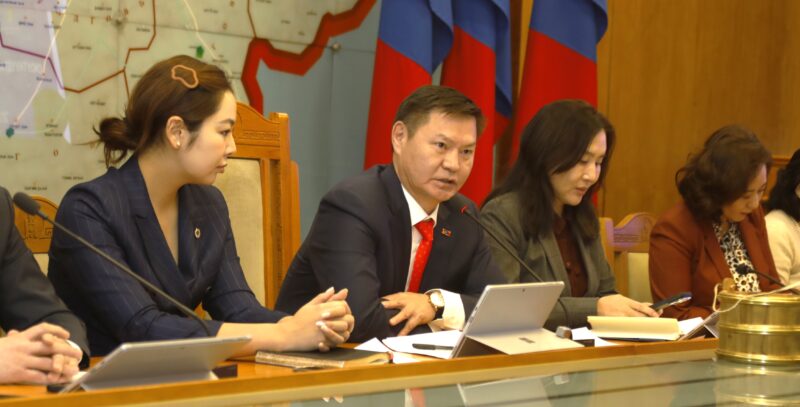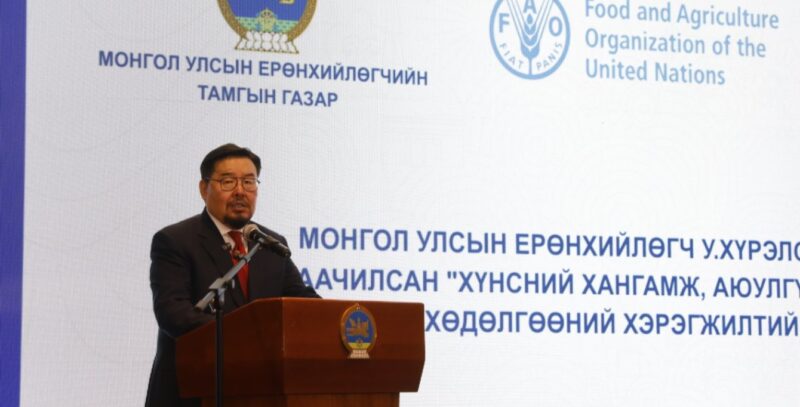According to the provisions outlined in the Law on the National Naadam Festival, “The National Naadam Festival is an honorable celebration of national independence and sovereignty”
The National Naadam Festival stands as the definitive characteristic that sets the Mongolian nation apart from the rest of the world, serving as a profound embodiment of its rich history and vibrant culture. Signifying the enduring prosperity represented by the sun, moon, and fire, this festival encompasses the essence of unity, statehood, and national pride. With its underlying significance of noble existence, harmonious equality, and deep admiration, the Naadam Festival traces its roots back to the ancient Huns, offering a captivating glimpse into the annals of history. Celebrated widely during the summer, this cherished holiday carries with it a legacy that spans centuries.
Every year, from July 11th to July 13th, the grand National Festival takes center stage across Mongolia, harking back to the origins of the Hunnu Empire in the 1st-2nd century BC. Historical sources and writings from that era bear testament to the festival’s ancient roots, with equestrian events, wrestling matches, and traditional Mongolian archery serving as the foundational elements of the “Tulga” state. The Huns strategically organized these festivals to foster unity among fragmented tribes and enhance the martial prowess of their warriors. Over time, these festivities evolved into the “Eriin Gurvan Naadam” which translates in to “The Three Games of Men”. Furthermore, the Secret History of the Mongols (Nuuts Tovchoo) documented the celebration of the Three Games of Men’s festivals during the month of July, further substantiating the historical significance of this cultural tradition.
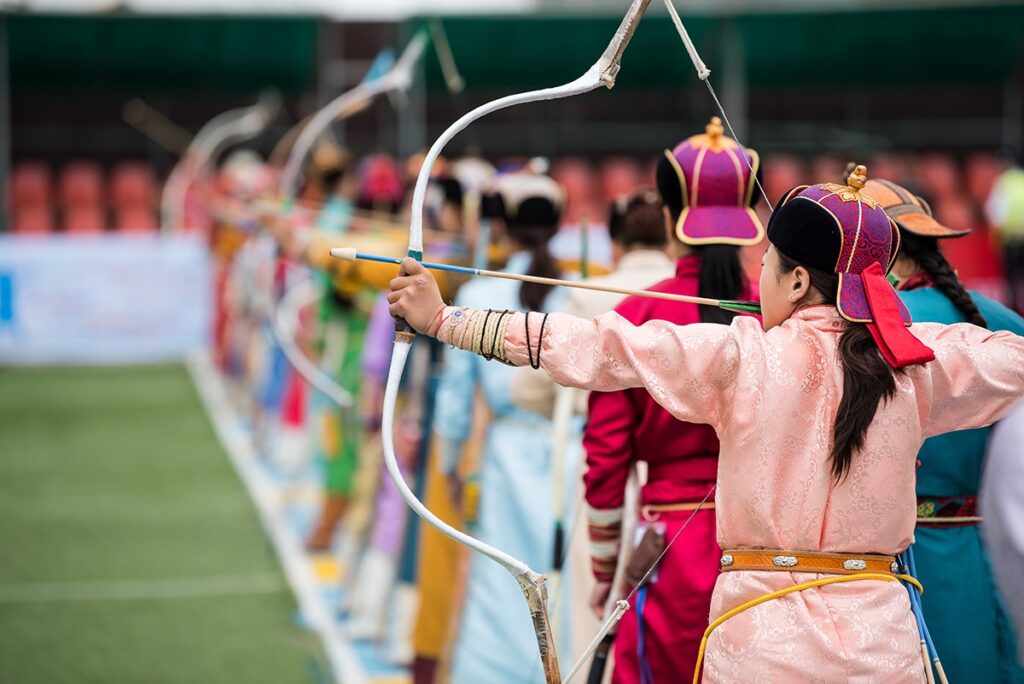
In the year 1639, the inaugural “Danshig Festival” was instituted to pay tribute to the esteemed “Undur Gegeen” (Supreme spiritual authority) Zanabazar, who was revered as the spiritual leader of the Khalkh religion. Historical records reveal that during this momentous occasion, “Bokh Lama” emerged victorious in the festival held at “Shireet White Lake”, while “Bonkhor Donir’s” horse clinched the top honors. Subsequently, in 1772, the festival transformed into the “Ten Government Festival,” taking place amid the sacred Khentii Mountains. Over time, this event evolved into an annual state festival beginning in 1912. Regrettably, the festival’s continuity was disrupted after the demise of Bogd Khan in 1925, marking the conclusion of its celebration.
In addition to the “Ten Government Festival” the “People’s State Festival” emerged in 1922 as a notable celebration. Following the establishment of the People’s Republic of Mongolia, a decision was made to amalgamate the two festivals. Subsequently, during a parliament meeting on May 15, 1925, it was determined that the festival would henceforth be held on July 11, a tradition that endures to this day. However, starting from 1946, the festival took on a new designation as “the anniversary of the victory of the People’s Revolution,” further reflecting the evolving socio-political landscape of Mongolia.
In 2003, a significant milestone was reached with the enactment of the “National Festival” law, granting official recognition to the national wrestling, horse racing, and national archery competitions. This legislation paved the way for simultaneous festivities taking place at the national, provincial, and local levels across the country. Additionally, in 2010, the National Day Festival received global recognition as UNESCO registered it in the “Representative List of the Intangible Cultural Heritage of Humanity.” This prestigious acknowledgment solidified the Mongolian festival’s longstanding heritage, which has been passed down through the centuries, and officially introduced it to the world stage.










